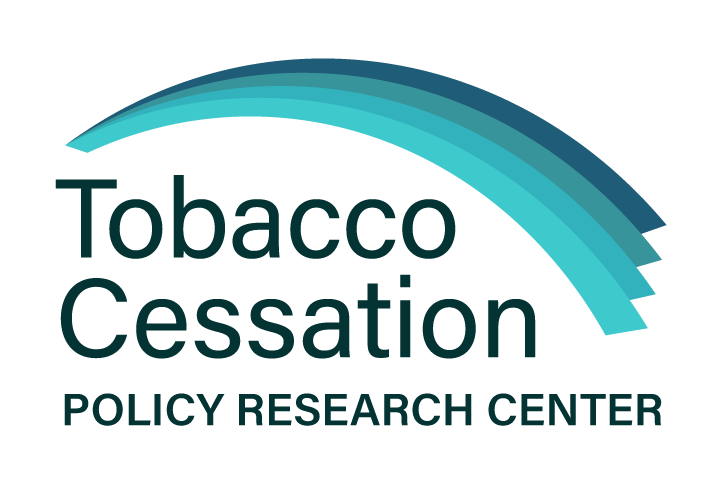Tobacco Industry Data and Reports
Explore the names and addresses of retailers with tobacco marketing contracts here:
Tobacco Industry Data and Reports | American Heart Association
JNCI Monographs
This released Journal of the National Cancer Institute (JNCI) Monographs expands the 2024 Surgeon General's report on tobacco-related disparities: https://academic.oup.com/jncimono/issue/2025/70
Advocacy in action: article on an advocacy-research model for tobacco control
This article describes a model partnership framework for guiding collaborations between the tobacco control researchers at the American Cancer Society (ACS) and advocates at the American Cancer Society Cancer Action Network (ACS CAN): https://tobaccocontrol.bmj.com/content/33/e2/e270
Citation
Systematic review on vaping in young people
A recently published systematic review evaluated potential harms from e-cigarettes in young people found consistent associations between vaping and subsequent smoking, marijuana use, alcohol use, asthma, cough, injuries and mental health outcomes. Read the full article here: https://tobaccocontrol.bmj.com/content/early/2025/08/17/tc-2024-059219
Citation
Golder S, Hartwell G, Barnett LM, et al/ Vaping and harm in young people: umbrella review. Tobacco Control Published Online First: 19 August 2025. doi: 10.1136/tc-2024-059219
Action on Smoking & Health's Lobbyist Tracker
Action on Smoking and Health (ASH) released the 4th edition of the U.S. Tobacco Industry Lobbyist and Lobbying Firm Registration Tracker. Find details here:
https://ash.org/tobacco-money/
https://ash.org/tobacco-money/california/
American Lung Association's State of Tobacco Control Report
The American Lung Association's State of Tobacco Control report highlights California's State Grade on tobacco cessation and policies with 2025 California Local Grades on policies by county/cities.

The California Quits Together report features 6 goals from a summit of 60 experts convened by the California Tobacco Control Program in September 2020. The 6 goals to accelerate quitting and to achieve health equity include:
- Motivate Medi-Cal managed care plans to prioritize tobacco cessation
- Make tobacco screening and treatment a standard of care in health care systems
- Create a norm of tobacco recovery in behavioral health systems
- Build capacity for tobacco cessation in other community settings
- Use media resources to further accelerate quitting behaviors
- Optimize surveillance of tobacco cessation
The California Department of Health Care Services is funded by 80% of the tobacco tax from Proposition 56 for specific programs, including the Family Planning, Access, Care and Treatment program, women's health services, dental and physician services, developmental and trauma screenings, non-emergency medical transportation, and more.
The Food and Drug Administration's Center for Tobacco Products has information about FDA's regulatory authority over the sales, distribution, and health claims or warnings over tobacco products, including vapes and "non-tobacco nicotine" (synthetics). The FDA has information about its rules, regulations, and guidance documents. The FDA also accepts comments on tobacco regulatory activities.
CDC Morbidity and Mortality Weekly Report (MMWR) Tobacco Product Use Among Adults — United States, 2017–2023
CDC's MMWR using National Health Interview Survey shows adult tobacco use trends in 2017-2023:
"During 2017–2023, the approximate 6.8 million-person decrease in the number of adults who currently exclusively smoke cigarettes was offset by an approximate 7.2 million person increase in the number who currently exclusively use e-cigarettes.... While current cigarette smoking has decreased to the lowest level in 60 years, current tobacco product use among adults has not changed since 2017."
